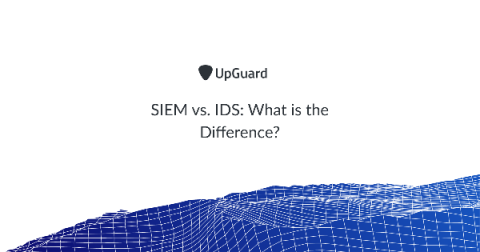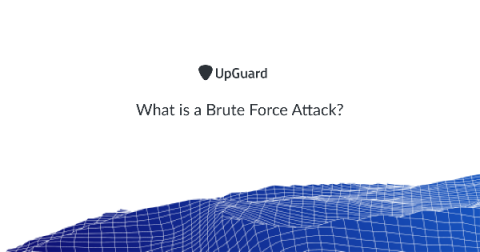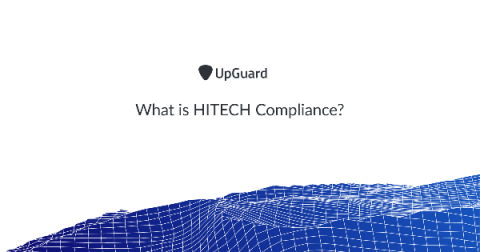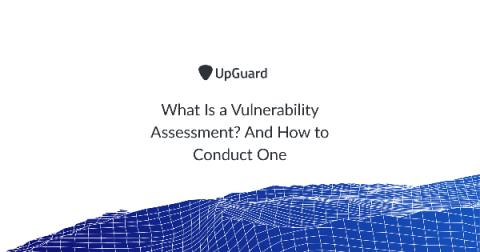SIEM vs. IDS: What is the Difference?
The main difference between a security information and event management (SIEM) solution and an intrusion detection system (IDS) is that SIEM tools allow users to take preventive actions against cyberattacks while IDS only detects and reports events. Security information and event management (SIEM) is an approach to cybersecurity combining: Note: the acronym SIEM is pronounced "sim" with a silent e.













